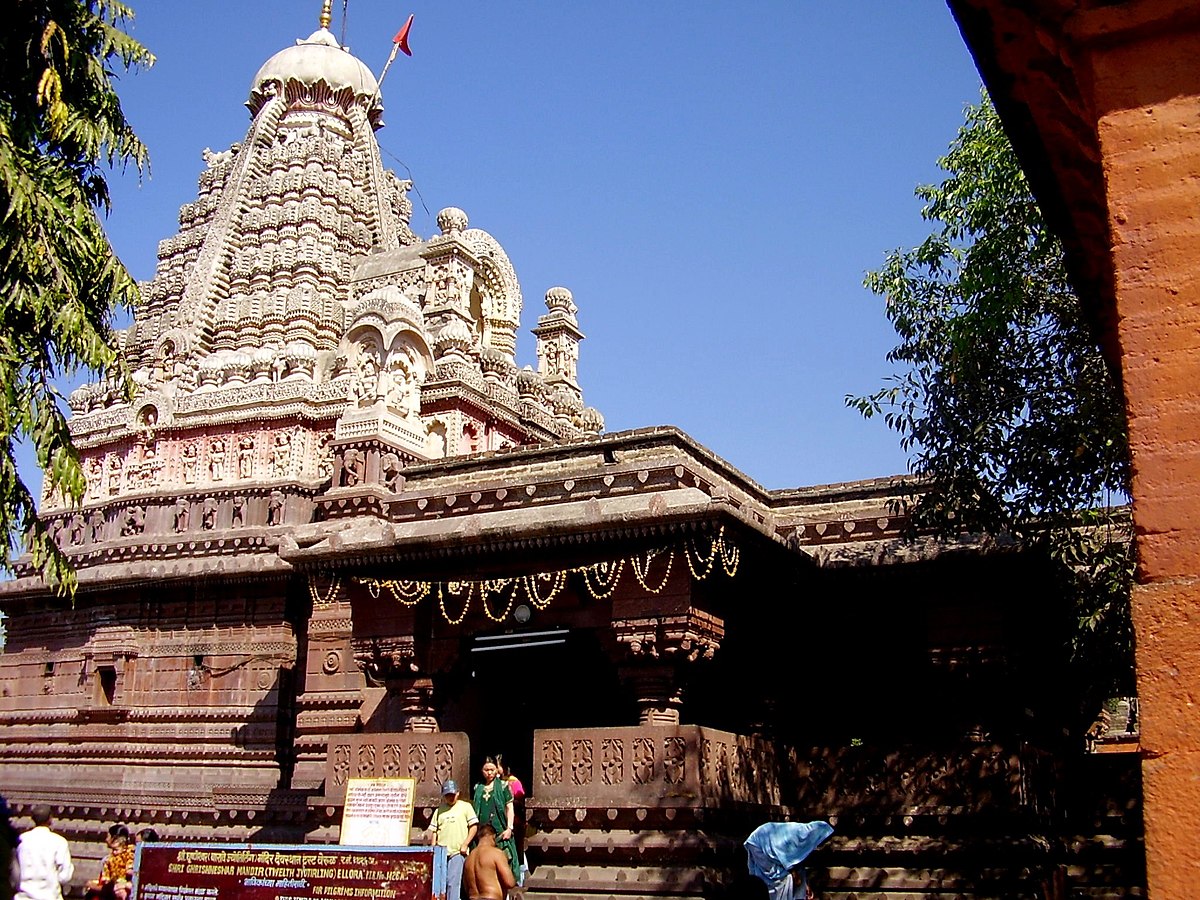
The Dwadasha or twelve Jyotirlingas of Lord Shiva, are the gateways to liberation for the living entities who are inflicted with the miseries of the material world. Anyone who worships and has darshan of these 12 jyotirlingas and partakes the prasadam offered to these Dwadasha Jyotirlingas are freed from all miseries and sinful reactions.
These twelve temples dedicated to Lord Shiva are spread across India. In Maharashtra there are 3 Jyotirlingas – Bhimashankar in Pune, Grishneshwar in Aurangabad and Trimbakeshwar in Nasik.
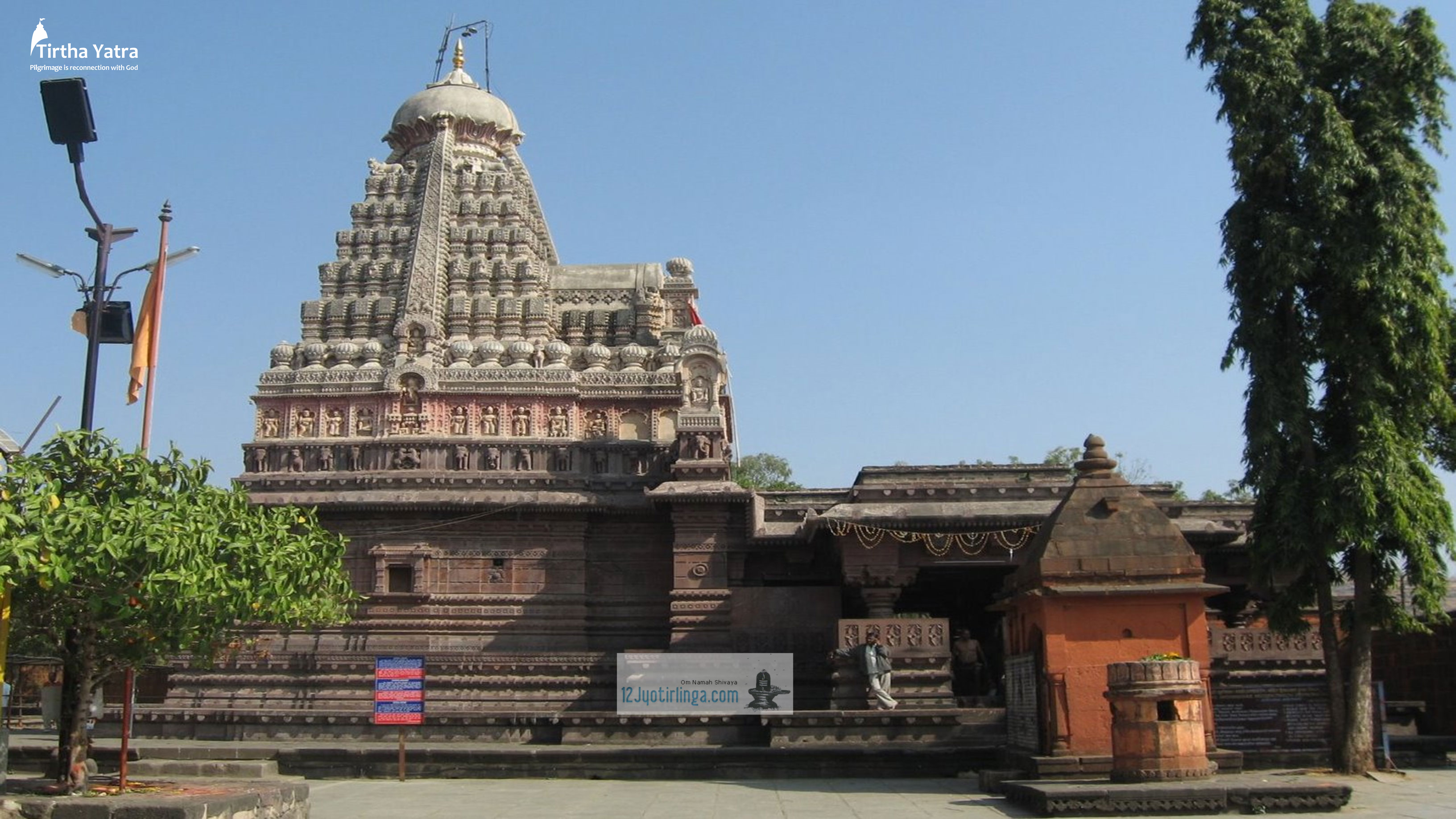
Around 30 kms from Aurangabad near the Devagiri fort and the Ellora caves is this unique temple of Grishneshwar Jyotirlinga. This temple has been vividly mentioned in the Shiva Purana and the Padma Purana. One of the sacred books says that this place was the place of the Naga tribals. As snakes, they lived in anthills. In Marathi, anthills are called Vaarul and this place was called as Verul. Ellora derives its name from King Ella who used to live here.
How the Grishneshwar Jyotirlinga appeared
During the recent times, this village was called as Shivalaya. In this village lived a brahmana named Sudharmana whose wife was named Sudeha. The couple didn’t have any children and hence she used to be very morose. As she wasn’t blessed with a child, people used to speak ill of her. She used to request her husband to help her give birth to a child. Once she convinced her husband to marry one more woman as a second wife and she convinced her sister Grishna to marry her husband.
Grishna was a great devotee of Lord Shiva and so used to make a Shivalinga everyday out of mud and worship it. After the worship, she would do the visarjana i.e. immerse the Shivalinga in the Shivalaya Sarovar. As time passed by, Grishna was blessed with a son which became a great reason for joy in the family. However, this happiness didn’t last long as Sudeha believed that people respected Grishna more as she was a mother to a son. After some time, Sudeha became envious of Grishna and so started hating her. Soon Grishna’s son grew and married. One night, Sudeha killed the son of Grishna as he slept and cut his body into various pieces. She threw the body pieces into the Shivalaya Sarovar. In the morning when the son was missing and when his wife saw that there were spots of blood on the bed, she started crying that she lost her husband. But Grishna remained unmoved by these events and so as usual she went to the Shivalaya Sarovar, made the Shivalinga, worshiped it and did it’s visarjan. While she was about to do the visarjan of the Shivalinga, she saw that her son was coming out of the lake. Immediately Lord Shiva appeared and gave her darshan. He narrated the entire incident to Grishna and got ready to kill Sudeha with his trident. However, Grishna fell at the lotus feet of Lord Shiva and asked him to forgive Sudeha. Being pleased by her bhakti, Lord Shiva asked Grishna to request him for a boon. Grishna expressed that as long as the sun and moon rose in the sky, Lord Shiva should make this place his abode and it would be known by her name. Lord Shiva agreed to this and manifested as the Jyotirlinga in this place which was named as Grishneshwar, the Lord of Grishna.
History of Grishneshwar temple
The temple was first renovated by the Patel of Ellora, the grandfather of Shivaji Maharaja in the seventeenth century. Later, it was again renovated by Maharani Ahilya Bhai Holkar in the year 1791 CE. This temple has been constructed very beautifully using red stone in an interlocking pattern. Unlike other temples, this temple has got a unique and beautiful architecture. Half of the temple has been made by lime, sand and a unique mixture of seventeen herbs. Various lilas have been depicted on the temple architecture like Dashavatara, Ramayana and many other such wonderful lilas from the sacred scriptures. The temple has four doors, the main door being towards the south. The temple is supported by twenty-four pillars. On all the twenty-four pillars, one can view the depiction of various lilas from the scriptures. The sanctum has got three entrances and the main entrance above has a depiction of the Dashavatara and the Rudraksha mala. The sanctum is one meter below the ground level and there are three steps for the entrance. It measures 6 x 6 meters. The moment one climbs down the steps, one can have darshan of the Grishneshwar Jyotirlinga which faces the east. There are two imprints of cow hooves on this Shivalinga’s pranali. It is believed that Kamadhenu had performed abhisheka with milk to this Shivalinga. It is the only Shivalinga facing the east in the whole world. There is a Deity of Parvati Devi inside the temple. Facing the garbha griha is a wonderful moorthi of Nandikeshwar and next to which is the Nava Graha pillar.
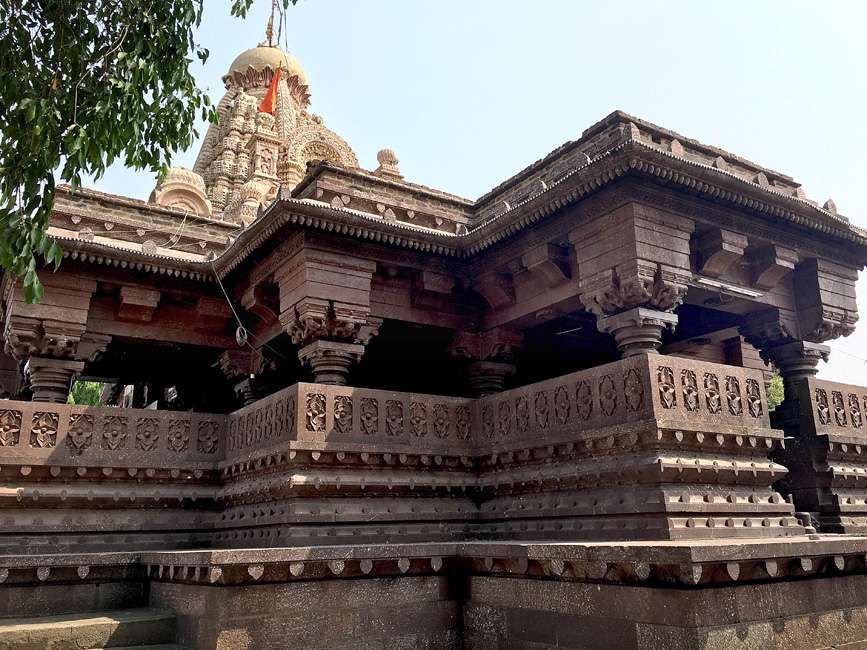
This temple represents Agni tattvam and hence no yagnas are performed here. Lakhs of devotees throng this temple during the holy month of Shravana. There is a fair which is held here during the Mahashivaratri festival during which the utsavar moorthi of Sri Grishneshwar is taken in a great procession to the Shivalaya Sarovar. Other festivals celebrated here are Pradosh, Vaikuntha Chaturdashi and Adhika masa. Qualified brahmanas are available in the temple all throughout for performing pujas.
An important point to note is that men devotees are allowed in this temple without the upper cloth. Ashwin Masa, Karthika Masa, Pausha Masa and Magha Masa are celebrated with grandeur in this temple. Shivalaya Sarovar which is in the proximity of the temple is considered one of the important sarovaras of Bharatavarsha.
The origin of Shivalaya Sarovar
There is an interesting pastime that led to the origin of the Shivalaya Sarovar. Lord Shiva and Parvati Devi used to play chess and every time Lord Shiva used to win the game. Once Parvati Devi won the game and so Lord Shiva felt angry. He felt insulted and immediately left Kailasha for the Kamyakavana forest of the Dandakaranya. Parvati Devi waited a long time for Lord Shiva to return but when he didn’t return, she went incognito in search of Lord Shiva to the place where he was performing tapasya. Lord Shiva was surprised and happy to see Parvati Devi incognito. While roaming around the forest, she felt thirsty and so Lord Shiva created the Ganga Dhara from the ground using his trident. Hence this sarovar took the name Shivalaya Sarovar. Upon drinking the water from this lake, Parvati Devi’s thirst was quenched.
This sarovar is about one acre in size. There are fifty-six steps leading to the sarovar. Some of these steps have been made using red stones while some have been made using black stones. The steps made of black stones were constructed by Raja Ella. There are eight beautiful temples dedicated to eight Deities in the eight directions of the sarovar.
Once the King Ella went for hunting and after roaming for the whole day, he didn’t find a single animal. He started returning to his capital and while doing so he saw a wonderful scene i.e. a calf was drinking the milk of a lioness and the cub of the lioness was drinking the milk of the cow. The King was very surprised seeing this sight. However, he remembered the very purpose for which he had come i.e. hunting and hence killed the animals. A group of children witnessed the events that happened and so informed the King that this wasn’t the forest rather the ashrama of Sage Gautam and that these animals belonged to the Sage. However, some of the kids who were disciples of sage Gautam informed the Sage about the events that happened. Sage Gautam who became angry on hearing this cursed the King to contract leprosy. The King got sacred and immediately begged for pardon requesting that he be relieved of this curse. Sage Gautam told him that he would be freed of leprosy on the day of Amavasya. After hearing this from the Sage, the King moved on from there.
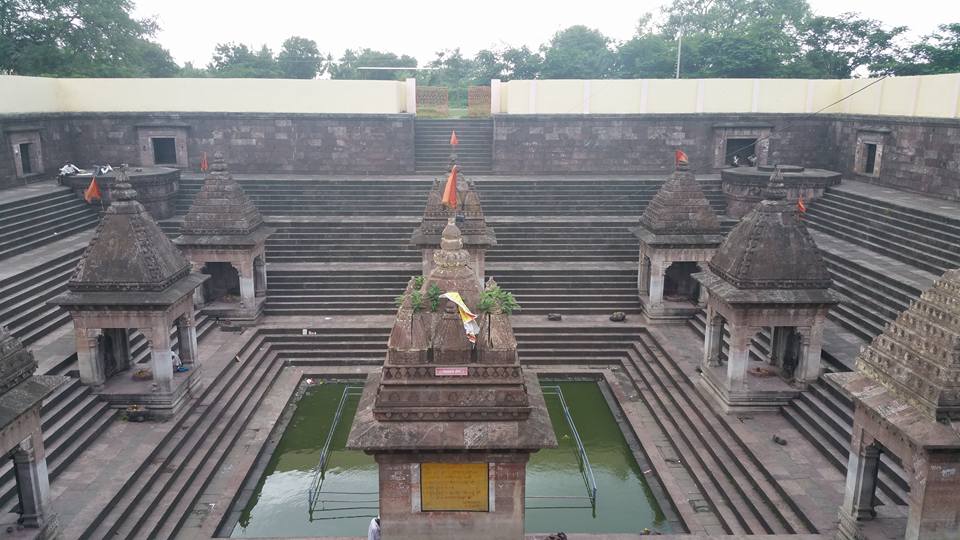
After a few days, the King was moving around on the Amavasya day and while doing so felt thirsty. While looking for water, the king came across a small hole from which water was coming. The King immediately took water from the hole in his hands to drink. He observed that wherever the water fell on his body, the area got cured of leprosy. The King felt very happy and hence started performing tapasya to please Brahmadeva. After performing tapasya for a few years, Lord Brahma was pleased and so appeared in front of him and asked him to ask him for a boon. The King asked Lord Brahma to tell him the source of the water that was coming from the small hole. Lord Brahma told him that this place is the Shiva Sarovar and that the place was forgotten and got buried over a period. Lord Shiva created this sarovar using his trident and there are eight tirthas of Bharatavarsha which are present in the Shivalaya Sarovar. He ordered the King to renovate the Shivalaya Sarovar. Saying so, Lord Brahma disappeared. The King got the Sarovar renovated and did the prathisthapana of the Ashta tirthas in the sarovar. After this, the King took bath in this Tirtha and got freed from leprosy. In the Kashi-khanda, there is a verse which says –
yeh hai tha ling agad patal mein weh nikla trishul se,
tab ek ubhaal aya bhu mandal se pani ke saath
This sarovar is cleansed twice in a year and devotees can have darshan of Gopadya i.e. imprint of the hoofs of cows from where the water is coming out slowly. This is a very sacred place for devotees to take a holy bath.
The Laksha Vinayak Temple
Outside the temple complex of the Grishneshwar temples stands the temple of Sri Laksha Ganesha. This temple is the seventeenth Ganesha pitha of Bharatavarsha. This temple is facing north and so is Lord Ganesha. This temple was renovated by Queen Ahilya Bhai Holkar of Indore during the seventeenth century. This is a unique temple of Lord Ganesha. This place was earlier called as Kamyakha Vana. Here lived Tarakasura, the son of Sage Kashyapa who performed tapasya for 1000 years to please Lord Shiva and was ultimately successful. Being the recipient of the mercy of Lord Shiva, Tarakasura started troubling the brahmanas and banned the performance of vedic rituals. He started troubling all the people around. The brahmanas approached Lord Indra for a solution. Understanding that Tarakasura was the recipient of Lord Shiva’s mercy, he instructed all the brahmanas and the devatas to worship Lord Shiva. Soon there was a celestial proclamation that Tarakasura would be killed soon by Skanda, the son of Lord Shiva. All the brahmanas and Lord Indra approached Lord Shiva and informed him about the prophecy proclaiming the killing of Tarakasura by Skanda. They all declared Skanda as the commander-in-chief of their army and so sent him to kill Tarakasura. The fighting between Skanda and Tarakasura started and it went on for eight days. However, Skanda couldn’t kill Tarakasura and so went back to his father Lord Shiva and told him the same. Lord Shiva understood that Skanda had not worshiped Ganesha before going to the battle. He instructed Skanda to install a Deity of Ganesha and worship it before starting his battle with Tarakasura.
Skanda was pleased upon hearing this and so went back to the Kamyakha vana and made a Deity of Lord Ganesha out of earth. He offered one lakh paraphernalia, one lakh modakas, one lakh obeisance’s, one lakh pradakshinas, one lakh lamps to lord Ganesha. He had also served one lakh brahmanas. Thus, this vigraha of Ganesha came to be known as Laksha Vinayaka. Being pleased with the worship of Karthikeya, Laksha Vinayaka assured him of victory in killing Tarakasura. Thus, Karthikeya was able to kill Tarakasura and then onwards the temple of Laksha Vinayaka became a holy place of pilgrimage. This temple is located at a five-minute walking distance from the Grishneshwar temple.
Grishneshwar Jyotirlinga Temple Timings
Every day the temple opens at 5 am and closes at 9 pm. On the Monday of the Shravana masa, the opening time is from 4 am till 1 am in the night. On Vaikuntha Chaturdashi, the timing is from 5 am till 3 am. On Mahashivaratri the temple is open from 4 am and remains open the whole night. Arati is performed every day in the morning at 5 am, 12 pm noon and 8 pm in night. During 12 pm to 1 pm, Jalabhisekha to the Shivalinga isn’t allowed.
How to reach Grishneshwar temple
One can catch buses moving towards Dhulia, Indore, Surat and Kannad from platform number 8. One can also hire a taxi from Aurangabad which is thirty kilometers away from the temple. Aurangabad has a railway station and so is well connected by train from Mumbai, New Delhi, Nanded, Amritsar, Hyderabad, Secunderabad, Manmad and Nagpur. The nearest airport is at Aurangabad which is well connected by flights from Mumbai and new Delhi.
Facilities for Devotees visiting Grishneshwar Temple:
The temple is managed by the Grishneshwar Trust. There are six halls and six rooms constructed for the convenience of devotees by the trust. There is also a samskruthika hall with a seating capacity between 700 to 1000. Very soon, the trust will construct a bhakta nivas also. Annadana i.e. lunch facility is there from 1 pm to 2 pm every day
5
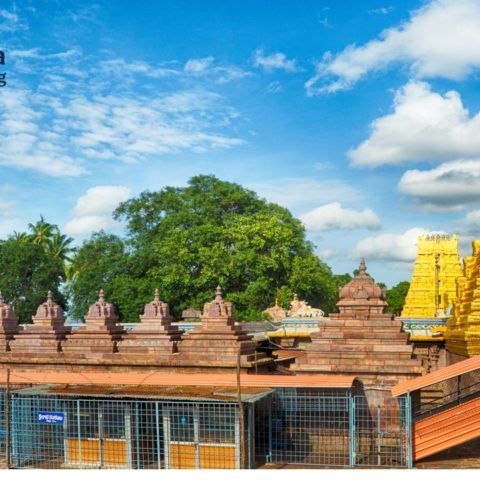
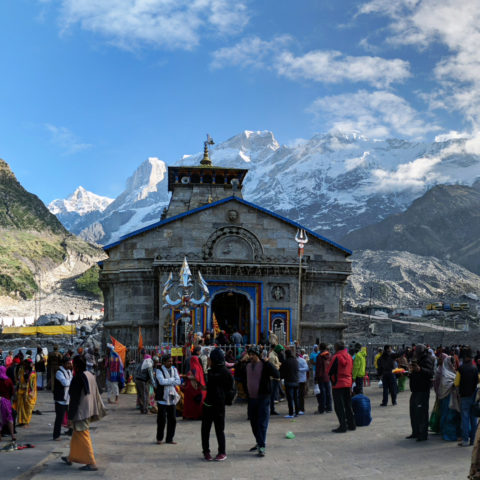
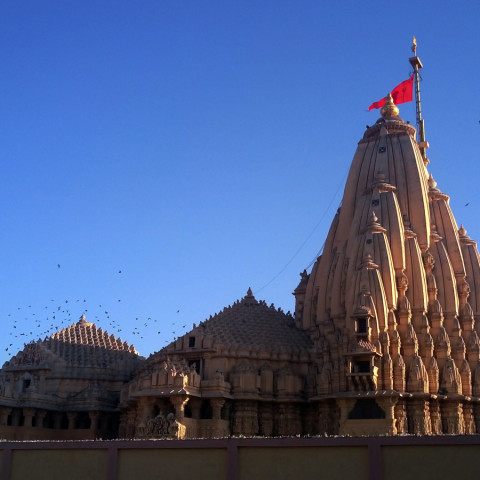










5 Comments On Grishneshwar Temple – where Grishna was blessed
KRISHNAVOJJALA
What is the name of the Parvathi Maatha here
Gopi
Thank u so much for information about grishneshwar
N Prasannakumar
N Prasanna Kumar Mangalore Karnataka 575017
I recently visited this Temple , but was not aware of its importance or history , had a good Darshan of the Lord , enjoyed the awsome Architecture . Cooperative Staff , plan to Revisit in due course. Thank you for the very informative Post . Let Lord Shiva Bless you all .
Thank you very much! We are glad that you had good darshan of Lord Grishneshwar.